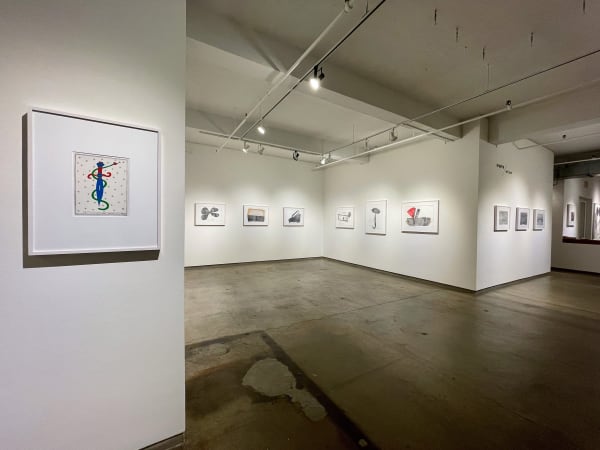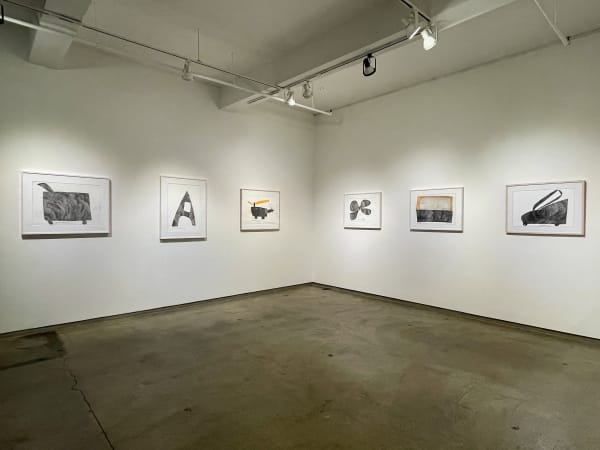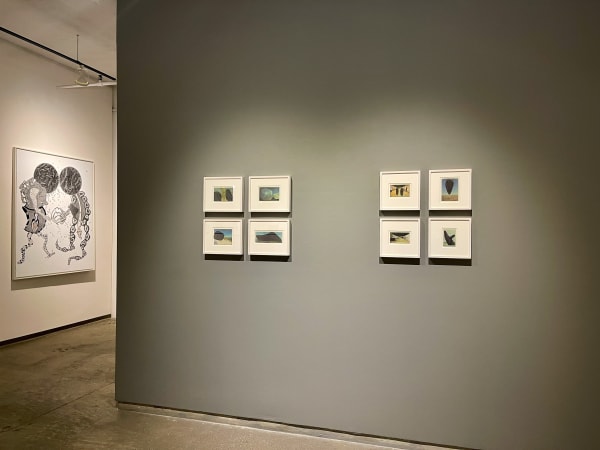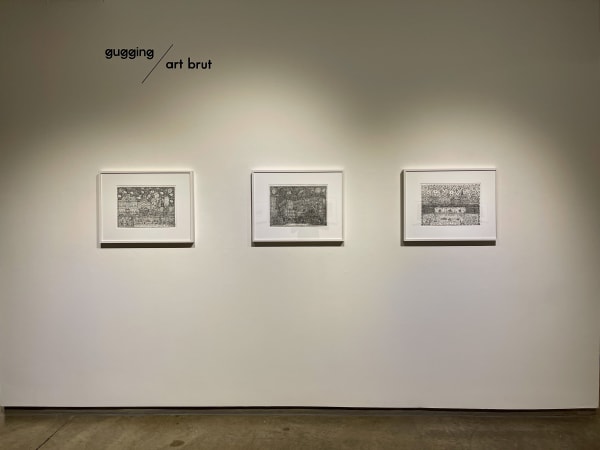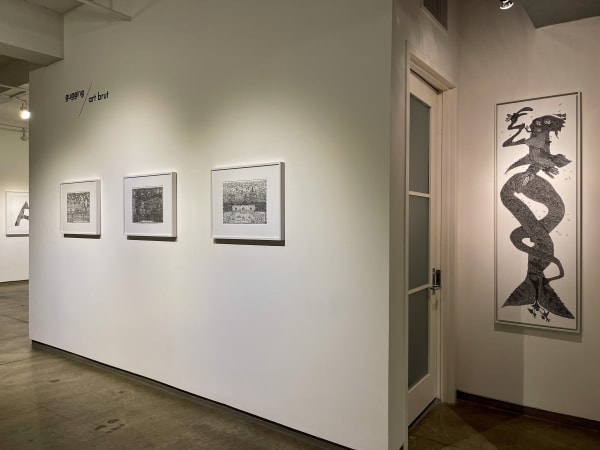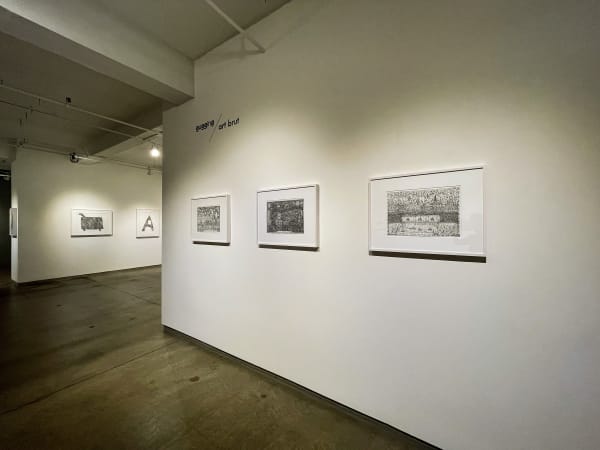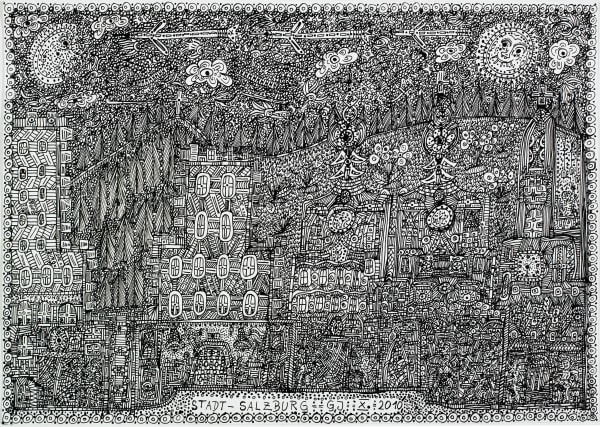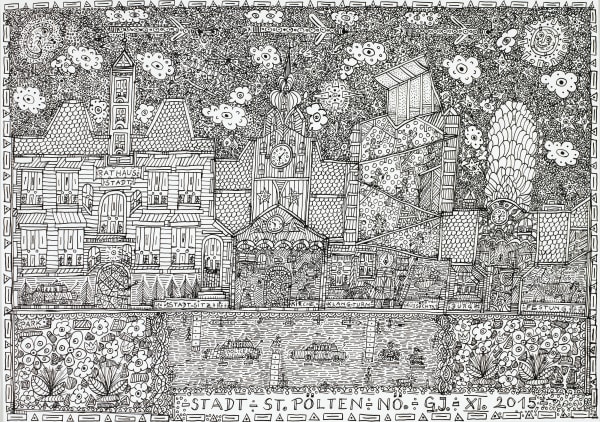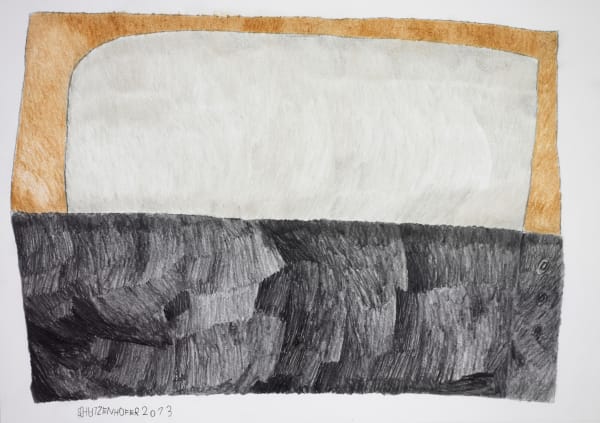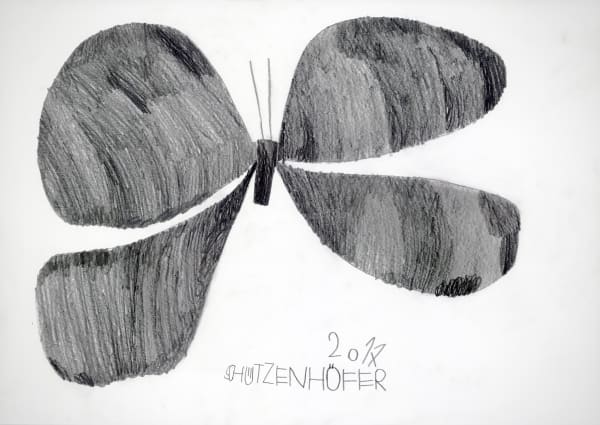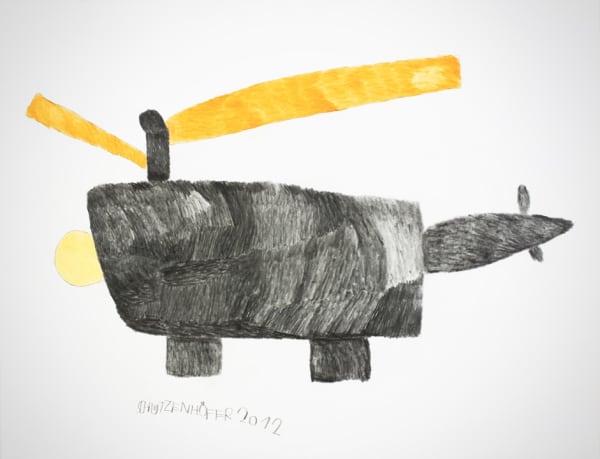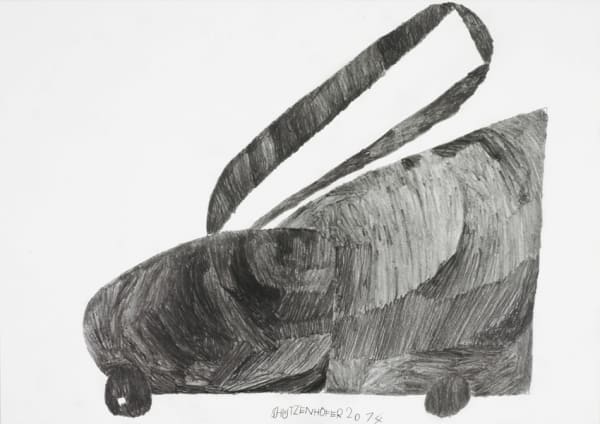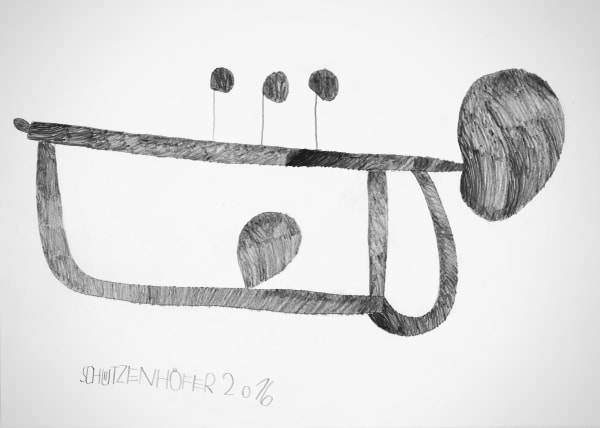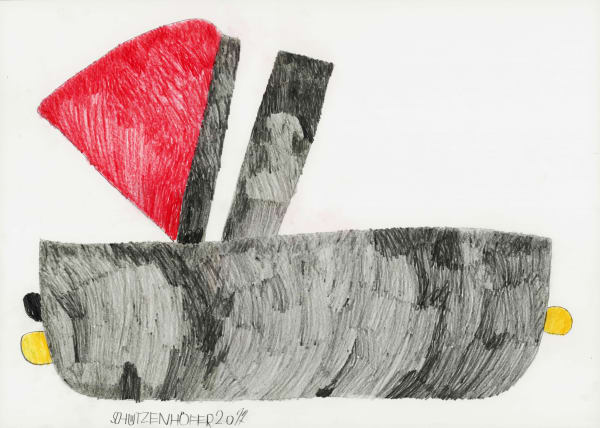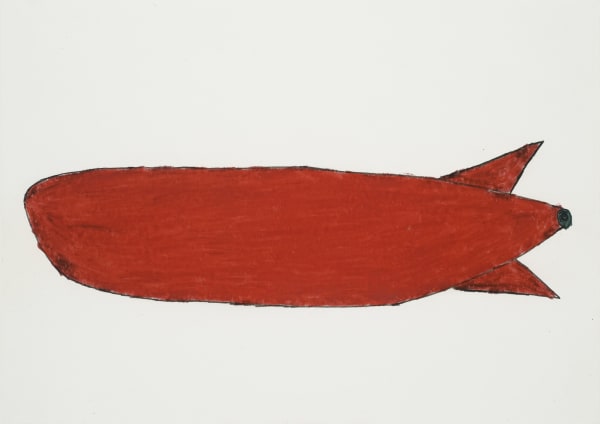gugging / art brut
Ricco/Maresca Gallery is pleased to present gugging / art brut, a group exhibition featuring over 30 works by seven artists produced from the 1970s to the present at Gugging, Austria’s foremost cultural center dedicated to championing the field of art brut. Spanning across generations of artists who found their calling at Gugging, this exhibition highlights the profound originality and remarkable artistry that this forward-thinking institution has fostered for many decades. gugging / art brut is Ricco/Maresca’s second exhibition featuring artists of Gugging since their debut at the gallery in 2012.
Formerly a psychiatric hospital, Gugging’s genesis as an art brut epicenter began in 1954 when one of its psychiatrists, Dr. Leo Navratil, started to employ a “draw-a-person” test as a diagnostic aid, taking notice of the quality of the drawings that some of his patients produced. This led to the publication of his book Schizophrenia and Art (1965), which explored his growing interest in the intersection of creativity and mental illness and became a hit amongst avant-garde painters such as Arnulf Rainer and Peter Pongratz. Shortly after, Jean Dubuffet, the famed artist who in 1948 had coined the term art brut (“raw art”) to describe art created on the margins of mainstream culture—which he deemed the truest mode of artistic creation—declared works by Gugging patients definitive examples of the movement.
Following the success of the first public exhibition of the artists of Gugging in 1970, Navratil set out to provide better living conditions patients with artistic inclinations. While such plan was met with contempt from the hospital union, Navratil persisted and eventually succeeded in establishing the Centre for Art and Psychotherapy in a vacant building nearby where his “artist-patients” could live and work full-time. Among the first 18 to move in were Johann Hauser (1926 - 1996), an illiterate patient diagnosed with schizophrenia who found a profound new way of self-expression through drawings of engines of war and erotic women; Johann Korec (1937-1980), whose poignant watercolor and ink works that skillfully incorporate text and image form visual language that is both diaristic and observant of the outside world; and Johann Garber (b. 1947), known for his depictions of a paradisiacal universe and its inhabitants often in the form of meticulous ink drawings.
In 1986, with the new director, Dr. Johann Feilacher at the helm, The Center for Art and Psychotherapy was renamed The House of Artists, a change that signified a new direction under which the artist-patients would simply be regarded as artists.
Feilacher’s vision was to raise Gugging artists to the same level of esteem enjoyed by their modern and contemporary counterparts. His novel method of promoting the art, which included direct sales and institutional exhibitions, played a crucial role in Gugging's subsequent development into an essential force in the field of art brut.
Today, Gugging boasts its own museum, a gallery, and an atelier (open to non-residents), where guest artists like Alfred Neumayr (b. 1958) and Leopold Strobl (b. 1960) have found both inner peace in artmaking and international notoriety—notably, the Museum of Modern Art in New York acquired five Strobl drawings in 2016. Among the new generation of residents at the House of Artists are Helmut Hladisch (b. 1961) whose fine-line drawings of everyday objects oscillate between abstraction and representation, and
Günther Schützenhöfer (b. 1965), whose idiosyncratic handling of the graphite medium and unique approach to planar depth has positioned him as one of the most important artists of contemporary art brut.
Click here to visit the online viewing room for this exhibition and learn more about the biography of each artist.
-
 Johann Garber, A Sexi-Paper, 2005
Johann Garber, A Sexi-Paper, 2005 -
 Johann Garber, A Sexi-Paper, 2016
Johann Garber, A Sexi-Paper, 2016 -
 Johann Garber, City-Salzburg, 2011
Johann Garber, City-Salzburg, 2011 -
 Johann Garber, City-St. Pölten, 2015
Johann Garber, City-St. Pölten, 2015
-
 Johann Garber, City-Vienna, 2018
Johann Garber, City-Vienna, 2018 -
 Johann Garber, Dagger with Snake, 1992
Johann Garber, Dagger with Snake, 1992 -
 Leopold Strobl, Untitled , 2020
Leopold Strobl, Untitled , 2020 -
 Leopold Strobl, Untitled, 2020
Leopold Strobl, Untitled, 2020
-
 Leopold Strobl, Untitled , 2020
Leopold Strobl, Untitled , 2020 -
 Leopold Strobl, Untitled , 2020
Leopold Strobl, Untitled , 2020 -
 Leopold Strobl, Untitled , 2020
Leopold Strobl, Untitled , 2020 -
 Leopold Strobl, Untitled , 2020
Leopold Strobl, Untitled , 2020
-
 Leopold Strobl, Untitled , 2020
Leopold Strobl, Untitled , 2020 -
 Leopold Strobl, Untitled , 2020
Leopold Strobl, Untitled , 2020 -
 Leopold Strobl, Untitled, 2020
Leopold Strobl, Untitled, 2020 -
 Günther Schützenhöfer, Television, 2013
Günther Schützenhöfer, Television, 2013
-
 Günther Schützenhöfer, Eiffel Tower, 2016
Günther Schützenhöfer, Eiffel Tower, 2016 -
 Günther Schützenhöfer, Butterfly, 2017
Günther Schützenhöfer, Butterfly, 2017 -
 Günther Schützenhöfer, Grass cutter, 2017
Günther Schützenhöfer, Grass cutter, 2017 -
 Günther Schützenhöfer, Helicopter, 2012
Günther Schützenhöfer, Helicopter, 2012
-
 Günther Schützenhöfer, Lawn Mower, 2014
Günther Schützenhöfer, Lawn Mower, 2014 -
 Günther Schützenhöfer, Sunshade, 2019
Günther Schützenhöfer, Sunshade, 2019 -
 Günther Schützenhöfer, Trumpet, 2016
Günther Schützenhöfer, Trumpet, 2016 -
 Günther Schützenhöfer, Untitled, 2017
Günther Schützenhöfer, Untitled, 2017
-
 Günther Schützenhöfer, Untitled, 2017
Günther Schützenhöfer, Untitled, 2017 -
 Johann Hauser, Untitled (Lion Head), 1984
Johann Hauser, Untitled (Lion Head), 1984 -
 Johann Hauser, Zeppelin, 1971
Johann Hauser, Zeppelin, 1971 -
 Johann Hauser, Rocket, 1971
Johann Hauser, Rocket, 1971
